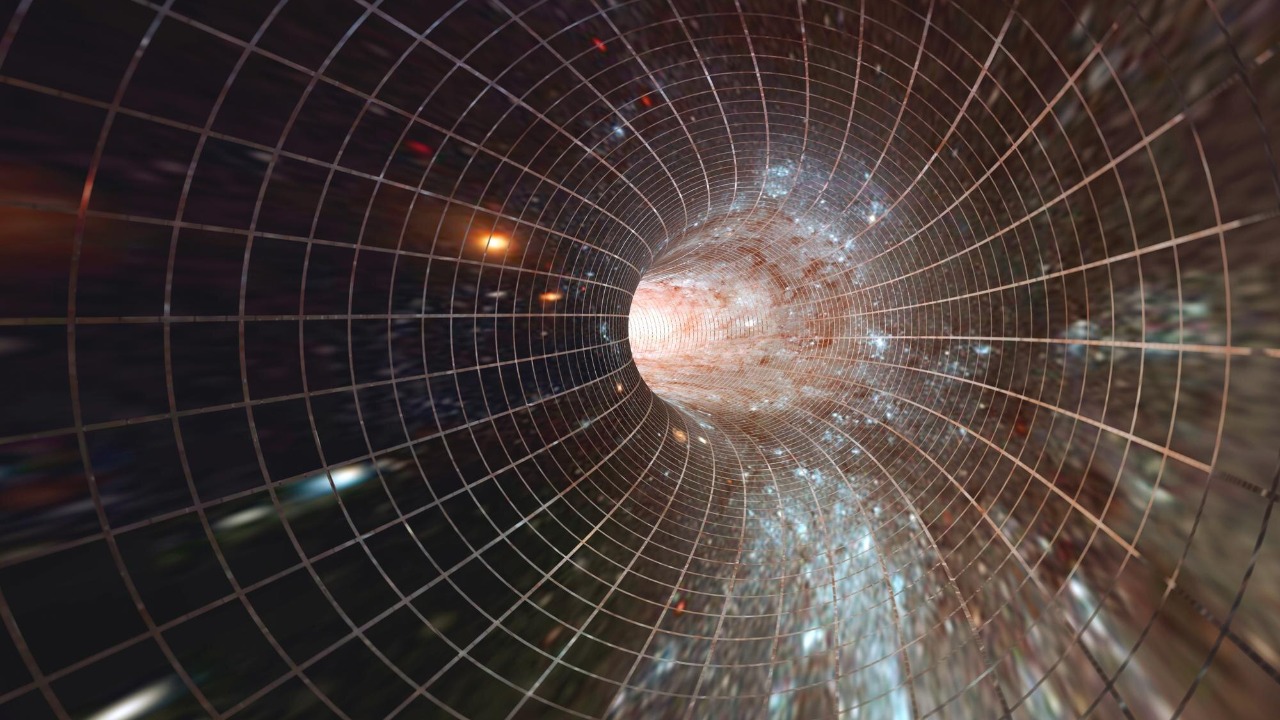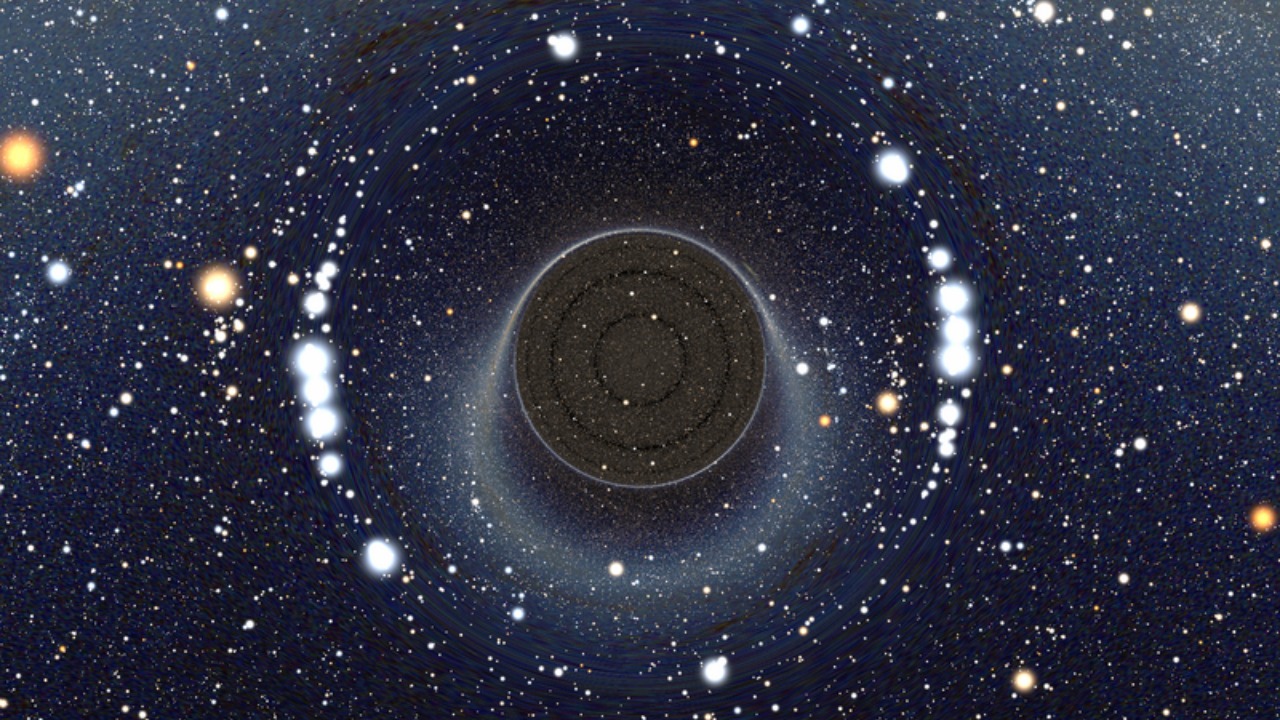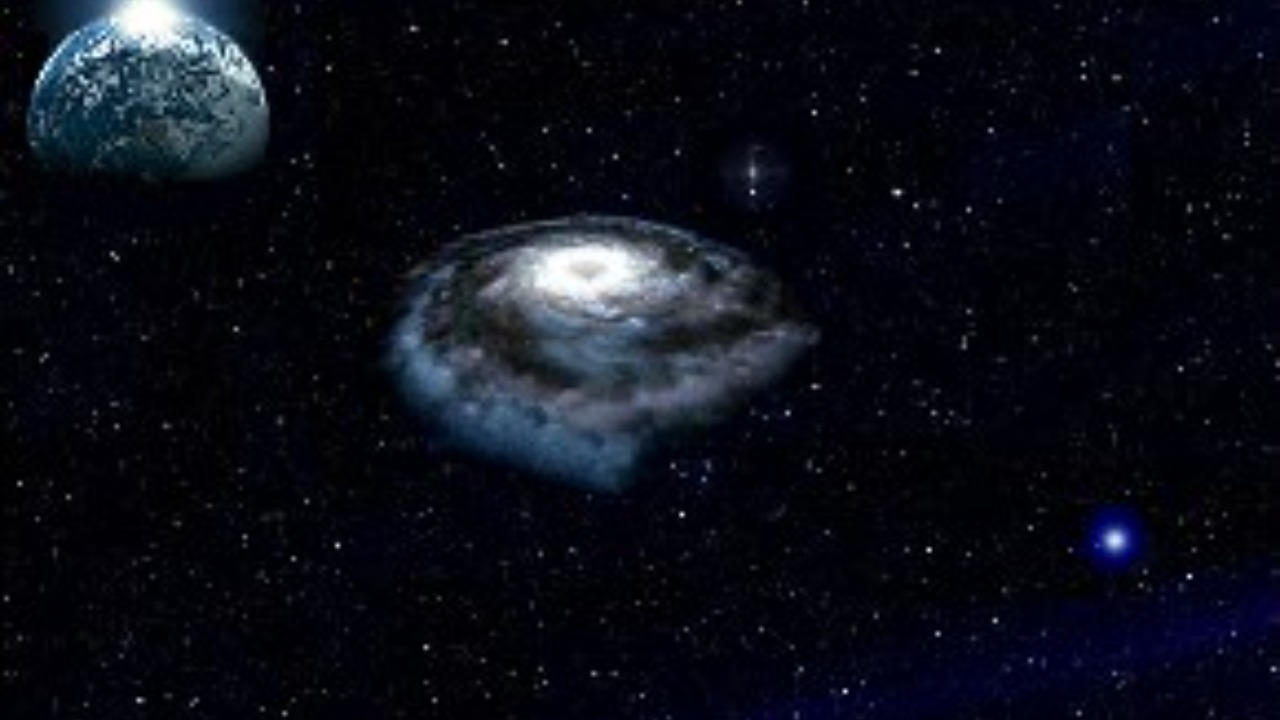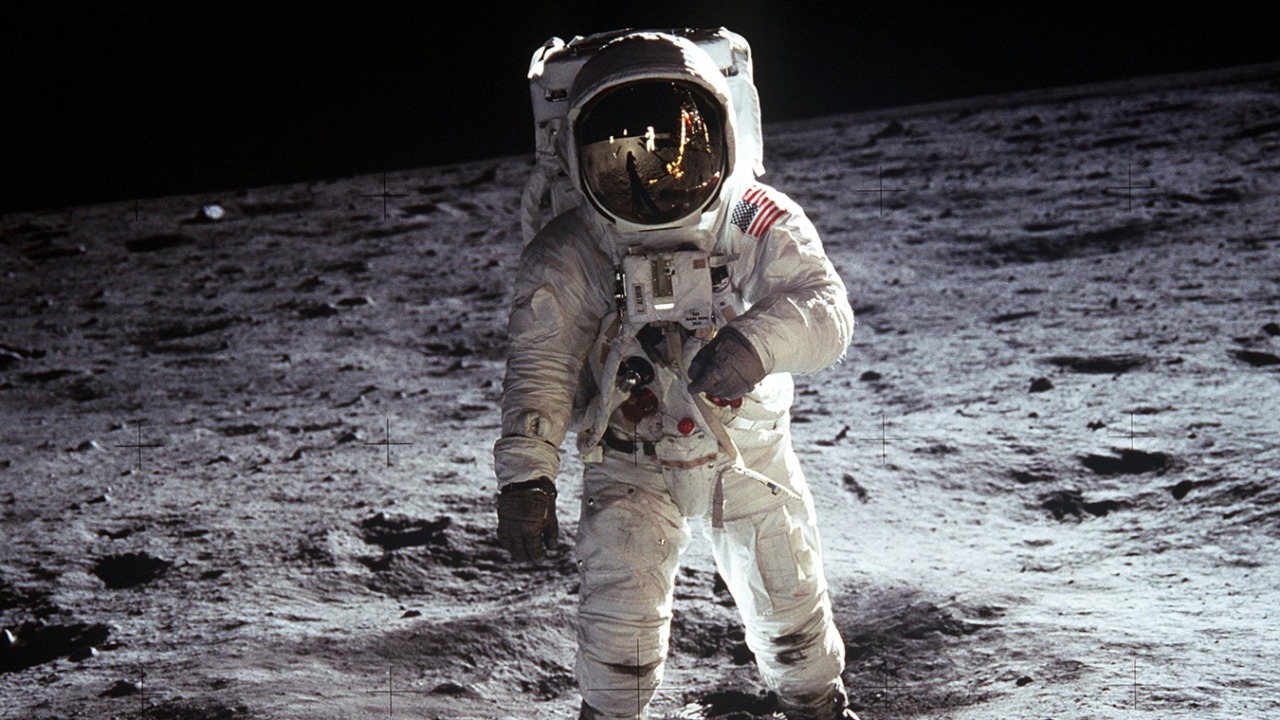
Wormholes, theoretical passages through space-time, have captivated scientists and science fiction enthusiasts alike for decades. With the potential to connect distant regions of the universe, wormholes offer exciting possibilities for interstellar travel and understanding the cosmos. Recent scientific advancements and theories suggest that these enigmatic structures might not just be speculative fiction but could be real gateways waiting to be explored.
Theoretical Foundations of Wormholes

The concept of wormholes traces back to the equations of general relativity formulated by Albert Einstein. These equations predict the existence of what are known as Einstein-Rosen Bridges. Essentially, these bridges are theoretical constructs that connect two disparate points in space-time, potentially linking different universes or distant parts of our own. While originally tied to black holes, the idea has evolved over time to suggest that these connections could be more than mere mathematical curiosities.
Quantum mechanics also plays a vital role in supporting the existence of wormholes. The strange and often counterintuitive phenomena observed at the quantum level, such as entanglement, suggest that the universe might be more interconnected than previously thought. Some physicists propose that quantum effects could stabilize wormhole structures, making them traversable. This cross-pollination of ideas between general relativity and quantum mechanics provides a fertile ground for theorizing about the conditions necessary for wormholes to exist.
Mathematically, wormholes are described using specific metrics, such as the Schwarzschild solution. This solution describes a simple, spherically symmetric black hole, which, when extended, can imply the existence of a wormhole. The challenge lies in making these models traversable, meaning that they could theoretically allow for matter and information to pass through. Researchers are exploring various modifications to these models to overcome the limitations imposed by classical physics.
Scientific Evidence and Hypotheses

While direct evidence for wormholes remains elusive, astrophysical phenomena provide indirect clues about their possible existence. One such phenomenon is gravitational lensing, where light from distant objects is bent around massive bodies. Some unusual observations, such as unexplained fluctuations in light curves, have led scientists to speculate that wormholes might be involved. These anomalies suggest that something more than just black holes might be at play in the cosmic landscape.
Recent scientific developments have further supported the possibility of wormholes existing in the universe. For instance, researchers are increasingly considering wormholes as plausible explanations for certain cosmic observations. Recent discoveries in astrophysics have opened new avenues for understanding these enigmatic structures, fueling both excitement and skepticism within the scientific community.
Furthermore, computer simulations and laboratory experiments aim to replicate wormhole-like conditions. These efforts involve creating and analyzing the behavior of exotic matter, a hypothetical form of matter that could theoretically stabilize a wormhole. While these experiments are in their infancy, they offer valuable insights into the potential physical realities of wormholes and what might be required to detect or utilize them.
Challenges and Controversies

One of the most significant challenges in the study of wormholes is the issue of stability. Theoretical models suggest that maintaining a stable wormhole structure would require exotic matter with negative energy density. This requirement poses a major hurdle, as such matter has not been observed in nature. Without it, any wormhole would likely collapse almost instantaneously, making traversal impossible.
Causality and time travel are also major concerns when discussing wormholes. Theoretical models imply that traveling through a wormhole could potentially allow for time travel, leading to paradoxes such as the grandfather paradox. These scenarios raise questions about the fundamental nature of causality and the fabric of reality itself. The implications of such possibilities are profound and continue to fuel debates among physicists and philosophers alike.
Despite the intriguing prospects, skepticism remains a significant barrier. Many in the scientific community are cautious about the feasibility of wormholes, arguing that the current lack of empirical evidence makes it risky to invest too heavily in their pursuit. Nevertheless, the allure of potentially transformative discoveries keeps interest alive, as scientists weigh the balance between speculative theory and observable phenomena.
Potential Implications for Space Travel

Should wormholes prove to be real and traversable, the implications for space travel would be monumental. These structures could offer a means for rapid travel between distant parts of the universe, transforming our understanding of interstellar exploration. The potential to bypass the vast distances that currently limit our reach into the cosmos presents exciting possibilities for future missions and the expansion of human presence beyond our solar system.
However, the challenges of human survival during a hypothetical journey through a wormhole are not insignificant. The conditions within a wormhole, if traversable, would likely be extreme and require significant advancements in technology and understanding of human biology. Human survival and adaptation strategies would need to be developed, taking into account factors such as radiation exposure, time dilation, and the physiological effects of traversing such a gateway.
Moreover, technological advancements would be crucial to detect, approach, and utilize wormholes for practical purposes. Innovations in propulsion systems, navigation, and materials science would be necessary to make wormhole travel feasible. The pursuit of these technologies not only advances our scientific capabilities but also inspires new generations of scientists and engineers to tackle these profound challenges.
Wormholes in Popular Culture and Their Influence on Science

Wormholes have been a staple of science fiction for decades, inspiring countless stories and films. From the cinematic classic “Interstellar” to the pages of novels like “Contact,” these narratives have captivated the imagination of audiences worldwide. The depiction of wormholes in popular culture often drives public interest and curiosity, shaping perceptions and sparking discussions about the possibilities of such phenomena.
The impact of popular media on public interest in wormholes extends beyond entertainment. It plays a significant role in influencing funding and research priorities, as public enthusiasm can translate into support for scientific initiatives. This intersection of science fiction and scientific inquiry creates a feedback loop, where each inspires the other, leading to new questions and avenues of exploration.
Wormholes also inspire interdisciplinary collaboration between physicists, cosmologists, and science fiction writers. These partnerships foster a vibrant exchange of ideas, encouraging the exploration of new theories and concepts. By bridging the gap between imagination and empirical research, wormholes continue to be a source of inspiration, pushing the boundaries of what we know about the universe and ourselves.